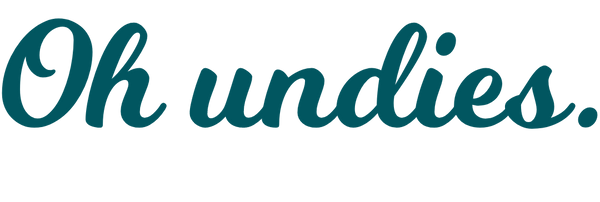How To Write A Letter to My Future Self

What would your letter to your future self reveal?
What dreams would you share? What habits would you hope to have create or overcome?
Writing a letter to our future selves can be a powerful tool for self-development and manifestation. Rather than seeing our future selves as some distant and unattainable concept, we break ours down into smaller chunks of time, allowing us to celebrate the small victories along the way. Writing a letter our future selves can help us assess our growth, navigate challenges, and strategize for the road ahead.
If you're not sure where to start, here are some prompts to create a letter suited to you.
Writing A Letter to Myself
STEP 1: Identify Dreams, Habits, and Goals
This isn't a task to rush. Take the time to sit quietly and really think about what your deepest desires are. What are the dreams you've always held close to your heart? What challenges have you faced that you wish to wipe from your future? What are the short-term goals you aim to achieve in the near future?
Writing a letter to yourself is an opportunity to articulate these thoughts. It's a chance to look inward and understand what truly motivates you. By identifying these aspects, you're setting a clear path for your future self. You're giving your future a roadmap to follow. This process can be empowering, allowing you to take charge of your life's direction.
Remember, these dreams, habits, and goals are personal to you. They don't need to be monumental or impressive. They just need to be sincere, representing what you truly hope for in your future.
Why We Keep It Short (Termed)
While it's important to have long-term goals and dreams, setting short-term aims can provide immediate direction and a boost in motivation. Moreover, these objectives are more tangible and manageable, making them less overwhelming to tackle.
When you achieve a short-term goal, it provides positive reinforcement that your efforts are bearing fruit. This success can boost your confidence and maintain your motivation to continue working towards your long-term objectives. Furthermore, short-term goals offer more frequent opportunities for reflection and adjustment. This flexibility allows you to recalibrate your strategies based on real-world experience and feedback.
In your letter to your future self, include short-term goals that are specific, measurable, achievable, relevant, and time-bound (SMART).
STEP 2: Break It Down Into Manageable Chunks
Looking towards the future can sometimes seem daunting, especially when our goals and dreams seem too large or unattainable. By dividing your larger goals into smaller, more achievable steps, you can reduce feelings of overwhelm and increase your chances of success.
For example, if your goal is to write a book, divide it into smaller tasks: outlining the chapters and characters. Write a certain number of pages per day, revise one chapter per week, and so forth.
Celebrating Small Wins Is A Must
Recognizing and celebrating small wins is crucial.
Even if a step doesn't bring you straight to your final goal, it's still moving you forward. Each small victory, whether it's maintaining a new good habit for a week, reaching a mini-goal, or even just staying positive on a tough day, is worth acknowledging. These moments build resilience, boost your morale, and fuel your motivation to keep going.
In your letter to your future self, make a promise to celebrate these small wins. This act of self-recognition not only promotes a positive self-image but also sets the stage for continued progress. After all, a journey of a thousand miles begins with a single step, and each step forward—no matter how small—is a step closer to your ultimate goals.
STEP 3: Determine The Timing - Monthly, Quarterly or Bi-annually
In your letter to your future self, consider setting a timeline to revisit your goals and achievements. Whether it's monthly, quarterly, or biannually, choose a timeframe that works best for you.
During these periodic assessments, be honest but kind with yourself. Recognize the progress you've made, and also identify the areas where you faced challenges. Use these insights to adjust your plans and strategies, if needed. Remember, the purpose of these assessments is not to criticize, but to understand and learn.
STEP 4: Include Words Of Encouragement
Begin by acknowledging your current state - how you're feeling, what's happening in your life, and the ambitions you’ve listed. Be as specific as possible. Connecting your future self with your current circumstances provides a meaningful benchmark for personal growth.
Also, consider reflecting on the challenges you anticipate facing and how you plan to overcome them.
End the letter with words of encouragement for your future self. This can serve as a source of inspiration and motivation when your future self reads the letter.
STEP 5: Seal The Letter
Once you're done writing, seal the letter and store it in a safe place. Set a reminder for the future date when you plan to open it. If you prefer to go the digital route FutureMe lets you write a digital letter to yourself that you schedule to have returned to you on a future date.
Wishing a good today and a beautiful tomorrow to the current and future you.




